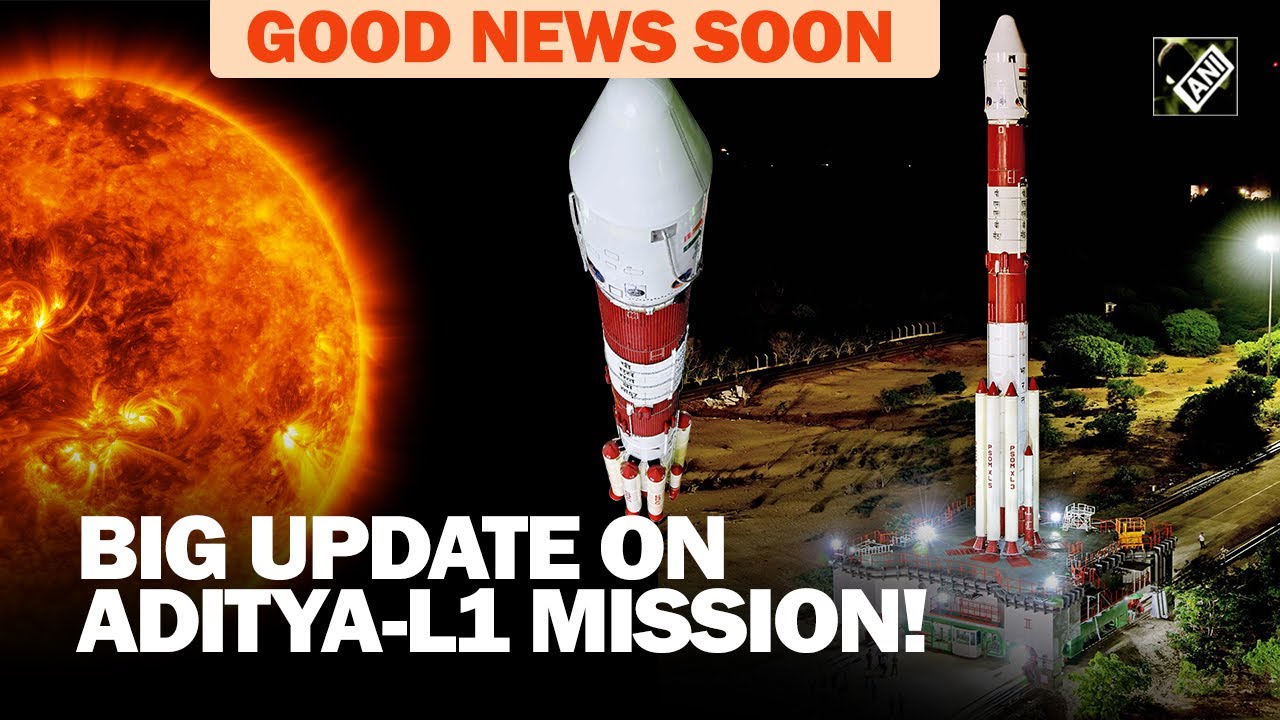Journey Towards Understanding the Sun’s Mysteries
Aditya L1 Mission: Exploring the Sun’s Enigma. The Aditya L-1 mission, launched aboard the PSLV-C57 rocket on September 2, 2023, is not just a mere exploration but a profound quest to fathom the complexities of our celestial neighbor, the Sun. As confirmed by ISRO Chairman S. Somanath, the journey is on schedule, heading towards its anticipated arrival at L-1 Lagrange Point 1 on January 6, 2024.
Exploring the Unseen Layers
At its destination, approximately 1.5 million kilometers from Earth, Aditya L-1 will delve into the Sun’s outer layers – the photosphere, chromosphere, and corona. Positioned strategically at L-1, it enables an uninterrupted study of these layers, unlocking mysteries that have fascinated astronomers for decades.
Understanding the Solar Structure
The mission aims to dissect the Sun’s structure, from the visible surface of the photosphere to the chromosphere’s glow during eclipses and the scorching corona extending millions of kilometers into space. It’s this corona, significantly hotter than its inner layers, that remains one of the Sun’s enigmatic features.
Evolution and Objectives
What began as a concept in 2008 evolved into a comprehensive mission named ‘Aditya L-1’ in 2019, reflecting its expanded scope. Over a span of 5.2 years, this mission promises an extended period for in-depth solar research.
Key Scientific Goals
The primary goal is to comprehend the Sun’s influence on space weather dynamics and Earth’s climate. Through real-time observations, Aditya L-1 intends to forecast space weather accurately, mitigating potential effects on space missions and Earth’s technologies.
Advanced Technology in Play
Crafted as a cube-shaped satellite with scientific instruments meticulously designed in collaboration with Indian academic institutions, Aditya L-1 carries seven instruments focusing on direct solar observation and studying particles and fields at the L-1 Point.
Unraveling Solar Mysteries
By examining solar winds, coronal mass ejections, and the interplay between the Sun and Earth’s magnetic field, this mission seeks to resolve the perplexing contrast in the corona’s temperature despite its distance from the Sun’s core.
The Indian Space Research Organisation (ISRO) has confirmed that the Aditya L1 mission is progressing according to schedule as it heads towards its designated Lagrange point. The Lagrange point, specifically L1, is a location in space where the gravitational forces of the Earth and the Sun balance the orbital motion of a satellite, allowing it to effectively remain in a fixed position relative to both celestial bodies.
The Aditya L1 mission, primarily focused on studying the Sun, aims to observe and analyze various aspects of the solar activities. This includes investigating the Sun’s outermost layer, or corona, and understanding phenomena such as solar flares and coronal mass ejections that have implications for space weather.
ISRO’s announcement reaffirms that the spacecraft is on course for its intended destination, and this successful progress is a crucial step in achieving the mission’s scientific objectives. Monitoring the Sun from the Lagrange point provides a unique vantage point that enhances the precision and scope of solar observations.
As Aditya L1 continues its journey towards the Lagrange point, scientists and researchers eagerly anticipate the valuable data it will provide, contributing to a deeper understanding of solar processes and their influence on space weather. The successful execution of missions like Aditya L1 reflects ISRO’s continued commitment to advancing space exploration and scientific research.
Frequently Asked Questions
What is Aditya L-1’s primary objective?
Aditya L-1 aims to study the Sun’s outer layers and understand its influence on space weather dynamics and Earth’s climate.
How far is Aditya L-1 from Earth?
Positioned at L-1 Lagrange Point 1, Aditya L-1 will be approximately 1.5 million kilometers from Earth.
What technology does Aditya L-1 utilize?
Aditya L-1 features a cube-shaped satellite housing seven instruments designed for direct solar observation and studying particles and fields at the L-1 Point.
For more information and updates on the Aditya L1 mission, refer to The Week, ISRO’s Official Page, Hindustan Times, The Hindu, The Times of India, ISRO’s Mission Details, Live Mint, and Firstpost.
Keywords: Aditya L1, ISRO, Lagrange point, solar mission, space, Indian mission, spacecraft, halo orbit, Sun, destination, arrival, schedule, engine burn, insertion, update, arrival date, celestial, strategic placement, intelligence-gathering, satellites, constant view
Meta Description: Explore the Aditya L1 mission, poised to unravel the Sun’s mysteries and understand its impact on Earth’s space environment. Discover its objectives, scientific goals, and technological advancements for comprehensive solar research.




